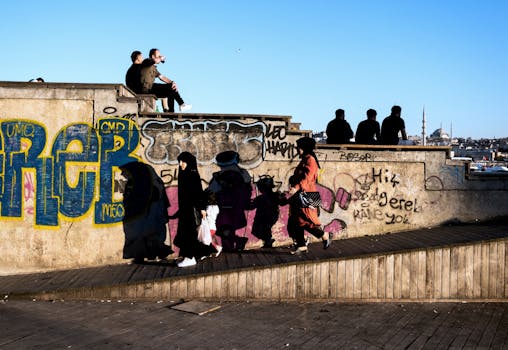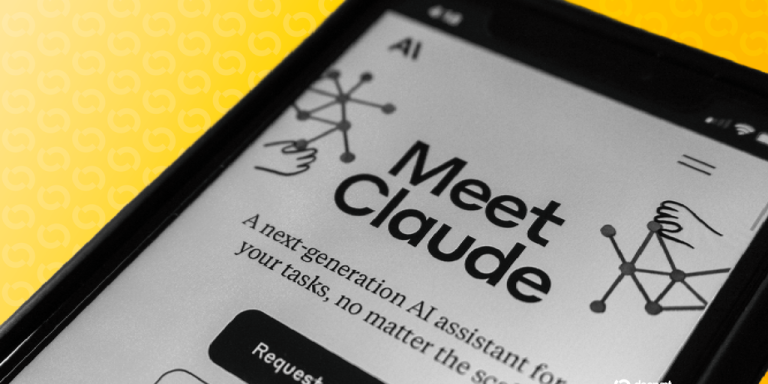
Cultural Fusion: Embracing Diversity in European Lifestyles by 2025
Cultural fusion is a term used to describe the blending of different cultural practices, traditions, and values to create a new and unique cultural identity. In Europe, cultural fusion is becoming increasingly prevalent, as people from different ethnic and cultural backgrounds come together to create a more diverse and vibrant society. Cultural fusion is not just about food, music, or art; it’s about embracing the richness of different cultures and creating a new way of life.
What is Cultural Fusion?
Cultural fusion is a process that occurs when different cultural groups interact and exchange ideas, customs, and beliefs. This can happen through migration, trade, or other forms of cultural exchange. In Europe, cultural fusion is happening at a rapid pace, as people from different parts of the world come to live, work, and study. The result is a unique blend of cultures, traditions, and lifestyles that are shaping the continent’s identity.
Benefits of Cultural Fusion
The benefits of cultural fusion are numerous. It can lead to increased understanding, tolerance, and cooperation between different cultural groups. It can also stimulate creativity, innovation, and economic growth. By embracing cultural fusion, Europeans can learn from each other’s strengths and weaknesses, and create a more harmonious and prosperous society.
Examples of Cultural Fusion in Europe
There are many examples of cultural fusion in Europe. For instance, the city of London is home to a diverse range of cultures, including Indian, Chinese, African, and Caribbean. The city’s food scene reflects this diversity, with a wide range of international cuisines available. Similarly, the city of Berlin is known for its vibrant arts and cultural scene, which is shaped by the city’s history of cultural fusion.
Challenges of Cultural Fusion
While cultural fusion can bring many benefits, it also poses some challenges. One of the main challenges is the risk of cultural homogenization, where one culture dominates others. This can lead to the loss of traditional practices and customs, and the erasure of cultural identities. Another challenge is the potential for conflict and misunderstanding between different cultural groups.
Conclusion
In conclusion, cultural fusion is a powerful force that is shaping European lifestyles by 2025. By embracing diversity and promoting cultural exchange, Europeans can create a more vibrant, creative, and prosperous society. However, it’s also important to recognize the challenges of cultural fusion and work to address them. By doing so, we can ensure that cultural fusion is a positive force that benefits everyone involved.





